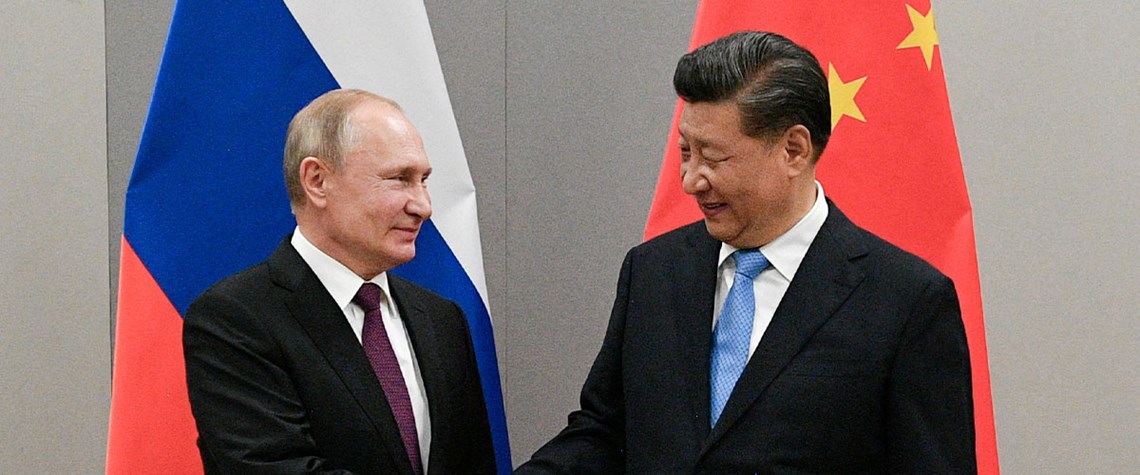Siberian Spring: Russia-China energy relations poised for growth
The fallout from Russia’s invasion of Ukraine is likely to spur closer energy cooperation between Moscow and Beijing, although significant hurdles remain
A glance at Russia’s oil and gas infrastructure map tells you everything you need to know about Moscow’s energy priorities up to now. West of the Yenisei River, which traditionally divides Siberia into its western and eastern halves, the map is filled by an intricate network of pipelines connecting Yamal to European oil and gas markets. To the east, however, the map is almost bare. Despite China being the world's largest energy market, Russia has been so far slow to grasp the opportunity. But perhaps its relative tardiness is by design. It is often said that Russia and China are bound together by their mutual distrust. Despite huge reserves and geographical proximity to China, Russia account

Also in this section
12 December 2025
The latest edition of our annual Outlook publication, titled 'The shape of energy to come: Creating unique pathways and managing shifting alliances', is available now
12 December 2025
The federal government is working with Alberta to improve the country’s access to Asian markets and reduce dependence on the US, but there are challenges to their plans
11 December 2025
The removal of the ban on oil and gas exploration and an overhaul of the system sends all the right messages for energy security, affordability and sustainability
10 December 2025
The economic and environmental cost of the seven-year exploration ban will be felt long after its removal







